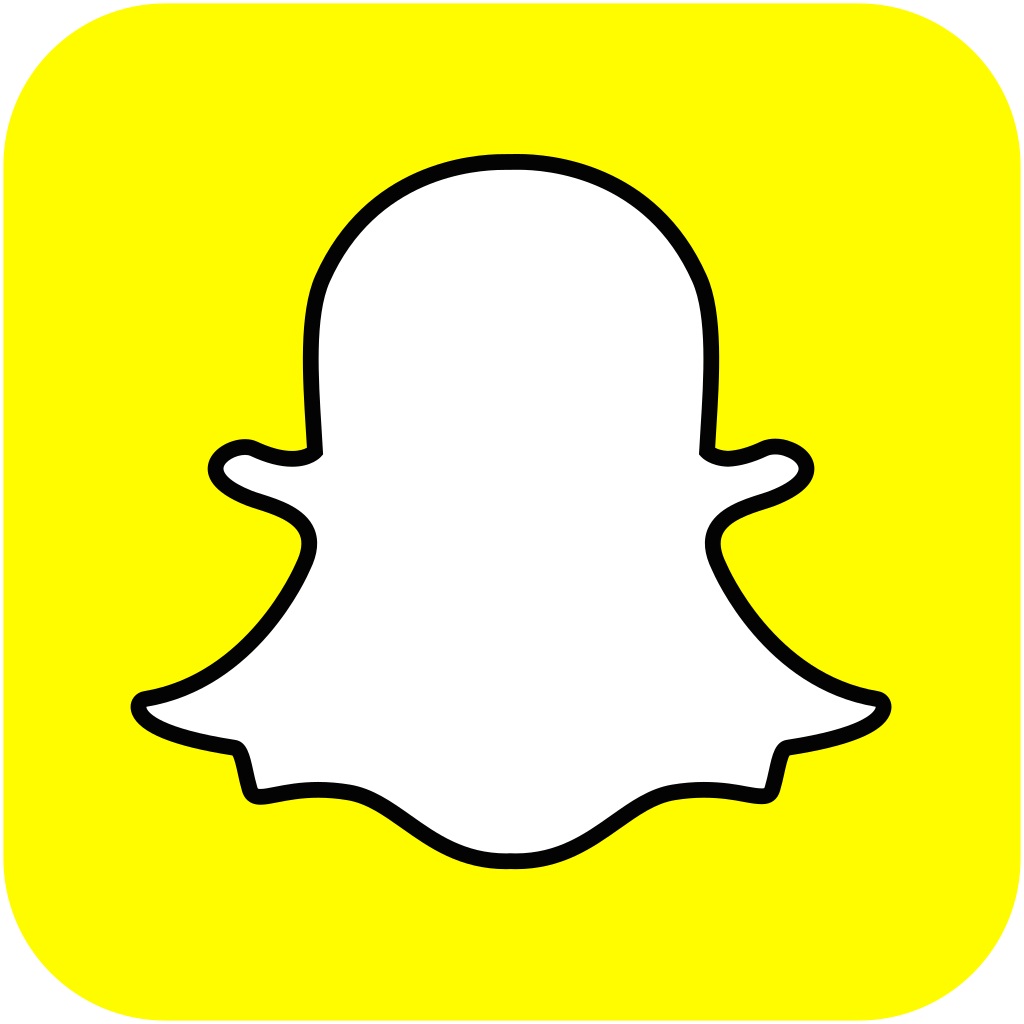
Snap Inc. (NYSE: SNAP) entered the market with a bang on Thursday. The company originally priced its initial public offering (IPO) at $17 per share, above the expected price range of $14 to $16 per share. However, the stock actually entered the market at $23.50. There are 200 million shares (155 million from the company and 55 million from selling stockholders) in the offering, with an overallotment option for an additional 30 million shares. At the $17 price, the entire offering was valued up to $3.91 billion.
At the current price level, Snap actually has a market cap valued over $29 billion. Comparatively, Twitter Inc. (NYSE: TWTR) had its IPO price at $26 per share, valuing the company up to $14.2 billion, and Facebook, Inc. (NASDAQ: FB) priced its IPO at $38 per share, which valued the company up to $104 billion at that time.
The underwriters for the offering are Morgan Stanley, Goldman Sachs, JPMorgan, Deutsche Bank, Barclays, Credit Suisse and Allen.
This company’s flagship product, Snapchat, is a camera application that was created to help people communicate through short videos and images. The company calls each of those short videos or images a Snap. On average, 158 million people use Snapchat daily, and over 2.5 billion Snaps are created every day.
On average, more than 60% of daily active users (DAUs) use the chat service every day to send Snaps and talk with friends. Snap benefits from the frequency with which its user base communicates with one another because each message invites a user back to the application when they receive a push notification. On average, DAUs visit Snapchat more than 18 times each day.
Snap detailed its finances in its filing:
Worldwide advertising spend is expected to grow from $652 billion in 2016 to $767 billion in 2020. The fastest growing segment is mobile advertising, which is expected to grow nearly 3x from $66 billion in 2016 to $196 billion in 2020. We believe that one of the major factors driving this growth is the shift of people’s attention from their televisions to their mobile phones. This trend is particularly pronounced among the younger demographic, where our Daily Active Users tend to be concentrated. According to Nielsen, people between the ages of 18 and 24 spent 35% less time watching traditional (live and time-shifted) television in an average month during the second quarter of 2016 compared to the second quarter of 2010.
The company intends to use the net proceeds from this offering for general corporate purposes, including working capital, operating expenses and capital expenditures. The firm may use a portion of the net proceeds to acquire complementary businesses, products, services or technologies. However, it does not have agreements or commitments for any material acquisitions at this time.
Shares of Snap were last seen up nearly 50% at $25.32, with a range of $23.50 to $25.42 as of midday. Also over 111 million shares had moved on the day.
Travel Cards Are Getting Too Good To Ignore (sponsored)
Credit card companies are pulling out all the stops, with the issuers are offering insane travel rewards and perks.
We’re talking huge sign-up bonuses, points on every purchase, and benefits like lounge access, travel credits, and free hotel nights. For travelers, these rewards can add up to thousands of dollars in flights, upgrades, and luxury experiences every year.
It’s like getting paid to travel — and it’s available to qualified borrowers who know where to look.
We’ve rounded up some of the best travel credit cards on the market. Click here to see the list. Don’t miss these offers — they won’t be this good forever.
Thank you for reading! Have some feedback for us?
Contact the 24/7 Wall St. editorial team.




